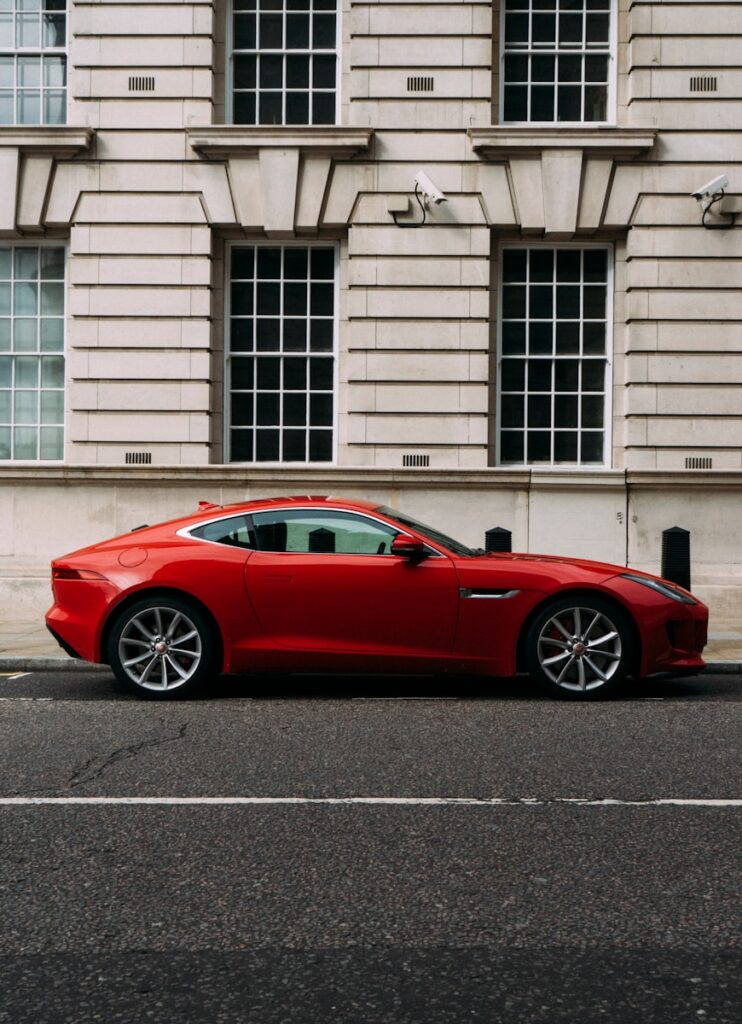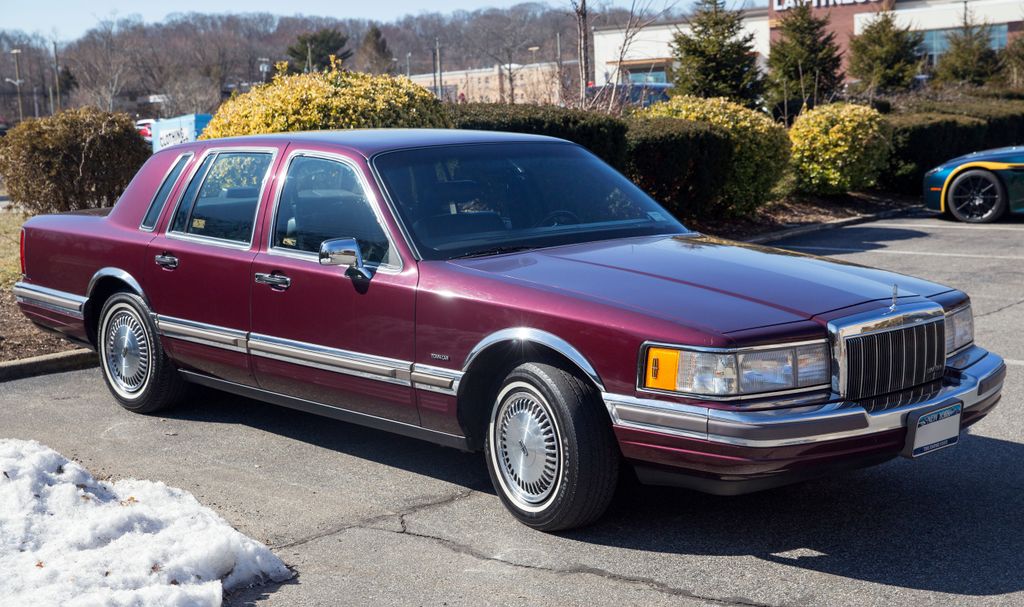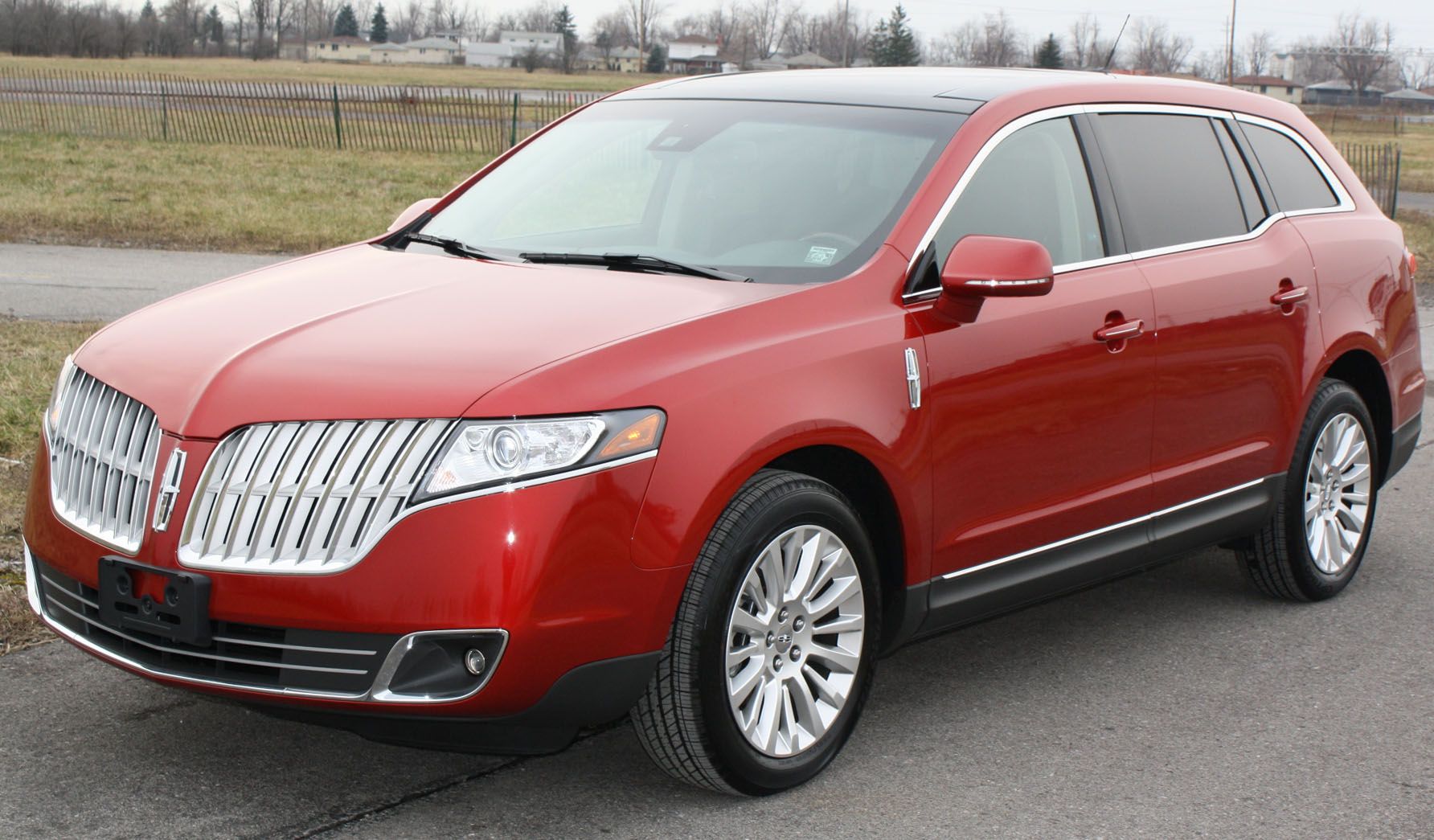
The allure of a sports car is undeniable. The sleek lines, the roar of a powerful engine, the promise of exhilarating speed—these vehicles offer a driving experience unlike any other. For many, owning such a machine is a dream come true, a symbol of passion for automotive excellence. However, the thrill of a high-performance vehicle often comes with a practical consideration that can dampen the excitement: the cost of insurance.
Indeed, sports car insurance often presents a notable financial commitment. On average, insuring a sports car can cost $1,001 more per year than the average vehicle, with the overall average rate for the segment standing at $3,222 annually. Monthly, full coverage could range from $181 to $401, depending heavily on the specific model you choose. This significant difference prompts many enthusiasts to delve deeper into understanding the intricacies of sports car insurance before making their ultimate purchase.
Navigating the world of sports car insurance doesn’t have to be a bewildering experience. By understanding the key factors that insurance companies consider when setting premiums, you can make more informed decisions and potentially discover ways to manage these costs effectively. This comprehensive guide will break down the primary influences on sports car insurance rates, offering clarity on why some models cost more to cover than others and how personal circumstances play a pivotal role in your final premium.
1. **The Fundamental Truth: Sports Cars and Higher Risk**At the heart of every insurance premium calculation for a sports car lies a fundamental assessment of risk. Insurers inherently view high-performance vehicles as carrying a greater risk profile compared to standard sedans or SUVs. This perception isn’t arbitrary; it’s rooted in several verifiable aspects of sports car ownership and performance that contribute to potentially higher and more frequent claims.
Sports cars are typically designed for speed and agility, often boasting powerful engines and lightweight frames. While these characteristics deliver an exhilarating driving experience, they also increase the likelihood of accidents, especially those involving higher speeds that can lead to more severe damage. The Insurance Institute for Highway Safety (IIHS) data indicates that “all but four of the sports cars studied experienced significantly greater-than-average losses under collision coverage,” underscoring this elevated risk.
Beyond the driving dynamics, sports cars also represent a higher risk of theft. Their high value and desirability make them attractive targets for thieves, and certain features, such as convertibles, can make them “easier to enter.” This increased theft risk directly translates into higher comprehensive coverage costs, as insurers factor in the potential payout for a stolen vehicle.
Moreover, the nature of sports car engineering often involves specialized and high-quality components. These parts are “not typically mass-produced,” making them more “difficult and expensive to repair” or replace if damage occurs. This drives up the potential repair costs for insurers, further contributing to higher premiums even for minor incidents.
Read more about: Classic Car Owners Beware: 15 Problematic Investments and Financial Hazards Exposed

2. **The Impact of Make, Model, and Retail Price**The specific make and model of your sports car are perhaps the most immediate and impactful determinants of your insurance premium. Insurers meticulously evaluate a vehicle’s retail price, engine type, horsepower, trim level, and safety features when calculating rates. As a general rule, “high-value cars usually have pricey insurance,” a correlation clearly evident across the sports car segment.
Consider the stark contrast between models listed in the 2024 rate comparison. The Mazda MX-5 Miata, with an MSRP of $28,050, is the cheapest 2024 model year sports car to insure, costing $2,166 per year. In comparison, the Mercedes-Benz SL 63, which can set you back “at a minimum” $179,900 for its most expensive trim, comes with an annual premium of $4,812, making it the most expensive sports car to insure (excluding supercars).
This broad range of sticker prices directly mirrors the broad range of insurance costs. The inherent value of the vehicle dictates the potential cost for repair or replacement in the event of a total loss, making more expensive models a greater financial liability for insurance companies. Therefore, understanding the initial sticker price is crucial, as it provides a strong indication of your potential insurance expenditure.
Even within the same model line, different trim levels can influence premiums. A base model might have a different safety feature set or a less powerful engine than a top-tier trim, leading to variations in insurance costs. Insurers assess each specific configuration, so a detailed understanding of your chosen vehicle’s specifications is key.
Read more about: Unearthing 15 Unsung 90s Sedans: Reliable Transport Gems for Today’s Commuters

3. **Engine Power and Horsepower: A Direct Link to Risk**When it comes to sports cars, the engine is often the heart of the machine, delivering the thrilling performance that enthusiasts crave. However, this power output, particularly measured in horsepower, is a critical factor for insurance companies. The equation is straightforward: “More horsepower means more risk for your insurer,” and this directly translates into higher insurance rates.
Vehicles with higher horsepower are inherently capable of faster acceleration and higher top speeds. While exhilarating, this capability can tempt drivers to engage in “risky driving behavior,” increasing the probability of severe accidents. Insurers recognize that “traveling at faster speeds can directly affect the severity of an accident,” leading to more extensive damage and, consequently, higher repair costs or total loss payouts.
For example, a car like the Mazda MX-5 Miata, with its “181 horsepower 2.0 liter engine,” costs significantly less to insure than the Mercedes-Benz SL 63, which operates at the “upper end of both cost and power in the sports car segment.” This difference isn’t solely about the retail price; the sheer power output and the associated risk of high-speed incidents play a substantial role in the premium disparity.
It’s worth noting that even electric sports cars, despite lacking traditional gas engines, tend to be more expensive to insure. This is because “EVs rely on batteries made with rare-earth materials instead of gas-powered engines, and these batteries are very costly to replace.” Furthermore, “EV sports cars tend to have higher prices than their gas-powered counterparts, and it can be tougher to find qualified repair shops to tackle repairs when needed,” compounding the cost for insurers.
Read more about: Unstoppable Powerhouses: 14 Legendary Engines That Defy Time and Deliver Endless Miles

4. **How Driver Demographics Shape Your Rates: Age and Gender**While the car itself is a major factor, the person behind the wheel plays an equally significant role in determining insurance premiums. Driver demographics, particularly age and, in some cases, gender, profoundly influence how insurers calculate risk and, consequently, your annual costs. This is often where the most dramatic differences in rates can be observed.
“Insurance companies often charge more for young people, as they are considered to be riskier drivers.” This is a well-established principle across all vehicle types, but it’s particularly pronounced for sports cars. The sample rates clearly illustrate this: an 18-year-old may pay an average of $9,577 per year for insurance for a Chevrolet Camaro, whereas a 40-year-old may pay just $2,597 annually for the same car. For a high-end model like a Porsche 911 Turbo, an 18-year-old could face an astounding $20,141 annual premium, compared to $5,442 for a 40-year-old.
This stark difference stems from statistical data showing that younger, less experienced drivers are more likely to be involved in accidents. When combined with the inherent risks of a powerful sports car, the perceived risk multiplies, leading to exorbitant rates for those under a certain age threshold, typically 25. The gap often narrows significantly as drivers gain experience and mature.
Additionally, “some states allow insurers to charge higher premiums to men, as they’re statistically more likely to take risks while driving.” This gender-based differential, while not universal across all states, reflects another demographic consideration in risk assessment. Similarly, marital status can also play a role, with “married drivers may pay less for car insurance, as they take fewer driving risks than unmarried drivers.”

5. **Your Driving History and Location: Local Risks and Personal Records**Beyond the static characteristics of your vehicle and your demographic profile, your personal driving history and the geographic location where your vehicle is primarily garaged and driven are critical to insurance premium calculations. These dynamic factors directly reflect both your individual risk behavior and the environmental risks associated with your surroundings.
Your driving history is a direct report card on your safety behind the wheel. “You’ll likely pay more if you have a history of moving violations or accidents on your record.” A clean driving record, free from speeding tickets, at-fault accidents, or other infractions, is one of the most effective ways to keep your sports car insurance costs down. Conversely, a history of risky driving signals a higher probability of future claims to insurers, resulting in significantly elevated premiums.
Where you live also plays a considerable role. “Location. Where you live factors into the cost; high-density areas pose a greater risk of collision, driving premiums up.” Urban environments, with more traffic, pedestrian activity, and parked vehicles, generally present a higher likelihood of accidents and theft compared to rural areas. Insurers analyze localized data on accident rates, vandalism, and theft statistics to determine the risk associated with specific ZIP codes.
Even within the same state, premiums can vary dramatically from one city to another. A city known for high traffic congestion or a higher rate of vehicle theft will naturally result in higher insurance costs for its residents. Therefore, if you’re considering moving, it’s prudent to investigate how your new address might impact your sports car insurance rates.

6. **Usage and Credit Score: Recreational Wheels vs. Daily Drivers**How you intend to use your sports car and your financial reliability, as indicated by your credit score, are two additional factors that insurers weigh heavily when determining your premium. These elements provide insights into the likelihood of claims and your overall risk profile, allowing for more personalized rate assessments.
“Whether the car is your daily driver or a weekend-only cruiser can affect your premium.” Sports cars are often considered second or recreational vehicles, driven less frequently than primary cars. If you primarily use your sports car only on weekends and drive it “less than 5,000 miles per year,” you will generally pay less for insurance. This is because reduced mileage correlates with fewer opportunities for accidents, thereby lowering the insurer’s risk exposure.
Conversely, if your sports car serves as your daily commute vehicle, the increased exposure to road hazards and traffic congestion will likely result in higher premiums. Even with a perfect driving record, the sheer fact that the vehicle is on the road more often increases the statistical chance of an incident. It’s important to be transparent about your vehicle’s usage with your insurer to ensure accurate coverage and avoid potential issues.
Finally, “insurance companies also consider your credit-based insurance score to indicate how well you manage risk.” While not directly related to driving ability, studies have shown a correlation between a higher credit score and a lower likelihood of filing claims. A good credit history demonstrates financial responsibility, which insurers often interpret as an indicator of a more responsible driver overall, potentially leading to more favorable rates for your prized sports car.
Navigating the complexities of sports car insurance involves more than just understanding why premiums are high; it also requires a clear grasp of what types of coverage are essential, how to choose a suitable insurer, and practical strategies to manage costs effectively. This section shifts focus from understanding the problem to empowering consumers with solutions and knowledge, ensuring their high-performance investment is adequately protected without undue financial burden.

7. **Essential Coverage: Liability Insurance**Liability insurance stands as a cornerstone of any auto insurance policy, and for sports car owners, its importance is amplified. This coverage is legally required in most states and is designed to protect you financially if you are found at fault in an accident. It covers bodily injury to others and damage to their property, shielding you from potentially devastating out-of-pocket expenses.
For sports car owners, opting for higher liability limits is not just a recommendation but often a necessity. Given the inherent power and speed of these vehicles, accidents can result in more severe damage and injuries, leading to significantly higher costs. Adequate liability coverage ensures you are financially protected in such major incidents, preventing personal assets from being jeopardized.
Considering the elevated risks associated with high-performance vehicles, underinsuring your sports car for liability can be a costly mistake. Reviewing and potentially increasing your liability limits beyond state minimums provides a crucial layer of financial security, aligning with the potential for extensive damage inherent in sports car accidents.
Read more about: Navigating the Landscape of Savings: The 10 Best States for Low Car Insurance Rates in 2025

8. **Essential Coverage: Collision Coverage**Collision coverage is another critical component for any sports car owner’s insurance portfolio. This type of coverage specifically addresses damages to your own vehicle resulting from an accident where you collide with another car or a stationary object. Without it, you would be solely responsible for the often-significant repair costs of your high-value sports car.
Repairs on sports cars are notoriously expensive due to their specialized engineering, premium materials, and often non-mass-produced parts. Collision coverage provides a vital safety net, ensuring you are not faced with exorbitant repair bills following an incident. It covers the cost of repairing or replacing your car up to its actual cash value, minus your deductible.
Given the performance capabilities of sports cars, the likelihood of an accident involving a collision can be higher than with standard vehicles. Therefore, securing robust collision coverage is a practical decision that safeguards your investment against the financial impact of accidental damage, making it an indispensable part of comprehensive protection.
Read more about: Navigating the Landscape of Savings: The 10 Best States for Low Car Insurance Rates in 2025

9. **Essential Coverage: Comprehensive Coverage**Beyond collisions, sports cars face a unique set of non-collision risks that comprehensive coverage is designed to address. This insurance option protects your vehicle from events such as theft, vandalism, fire, natural disasters like floods or hailstorms, and damage from falling objects. These are common concerns for sports car owners, whose vehicles often attract unwanted attention.
Comprehensive insurance is especially valuable for sports cars due to their high monetary value and desirability, which makes them prime targets for theft. The context highlights that sports and exotic cars are “envied and could be more likely to be stolen,” particularly convertibles due to their perceived ease of entry. This coverage directly mitigates that heightened risk.
In the event of theft, vandalism, or damage by natural events, comprehensive coverage can cover the costs of repairing or replacing your vehicle, up to its actual cash value, after your deductible. This peace of mind is invaluable, ensuring that unexpected non-driving incidents don’t lead to substantial financial losses for your prized possession.
Read more about: The Definitive Guide to the 14 Best All-Weather Floor Mats of 2025: Durability, Fitment, and Protection Ranked
10. **Essential Coverage: Uninsured/Underinsured Motorist Coverage**Even with a perfect driving record and a meticulously chosen sports car, the actions of other drivers can still pose a significant risk. Uninsured/Underinsured Motorist (UM/UIM) coverage is designed to protect you in situations where an at-fault driver either has no insurance or insufficient insurance to cover the damages they cause to your vehicle or your injuries.
For sports car owners, the importance of UM/UIM coverage is particularly pronounced. The high cost of repairs for sports cars means that even a minor accident caused by an underinsured driver could leave you with substantial out-of-pocket expenses. This coverage ensures that you won’t have to bear these costs if the other driver lacks adequate financial responsibility.
Many states require some form of UM/UIM coverage, but it is often prudent to consider limits that align with the potential costs associated with sports car repairs and potential medical expenses. This protection acts as a vital safeguard, bridging the gap between what a negligent driver can pay and what you need to recover fully, without tapping into your own savings.

11. **Choosing the Right Insurer: Key Considerations**Selecting an insurance provider that truly understands the unique needs of sports car owners is a crucial step in securing appropriate and cost-effective coverage. It’s not just about finding the cheapest premium, but rather a company with specific experience in high-value vehicle insurance and a track record of offering customizable options that can be tailored to your individual circumstances.
A key quality to look for in an insurer is a solid reputation and strong financial standing. This ensures that the company will be able to fulfill its obligations when you need to file a claim. Prospective policyholders should diligently check customer reviews and industry ratings to gain insight into how a particular company handles claims and services clients who own high-performance vehicles.
Furthermore, the efficiency of the claims process is a paramount consideration for sports car owners. A provider known for fast and streamlined claims handling can save significant time and reduce stress during an already challenging period. This efficiency is especially important when dealing with specialized repairs or replacements that often characterize sports car claims, ensuring a quicker return to the road.

12. **Actionable Strategies to Reduce Premiums**While sports car insurance often comes with a higher price tag, there are several actionable strategies consumers can employ to effectively reduce their premium costs without sacrificing essential coverage. One of the most impactful approaches is to leverage as many eligible discounts as possible. Insurers offer a wide variety of reductions, including those for insuring multiple vehicles or bundling different policy types, such as home and auto, with the same provider.
Beyond bundling, many companies reward responsible driving behavior. Being a good driver with a clean record for at least five years can lead to significant savings. Some insurers, like Nationwide, offer a 10% reduction for utilizing their SmartRide usage-based program, which monitors driving habits. Military personnel and members of certain affinity groups, such as university alumni organizations, may also qualify for special rates.
For instance, GEICO, another provider known for competitive sports car insurance rates, offers substantial discounts for a good driving record (up to 22%), insuring multiple vehicles (up to 25%), and having an anti-theft system installed (up to 23%). Actively inquiring about and applying for every available discount can significantly offset the higher base cost of insuring a sports car.
Finally, the power of comparison shopping cannot be overstated when seeking to lower sports car insurance premiums. As Kevin Kramer, COO of Ignition Dealer Services, notes, “Drivers that change providers may receive a lower premium than those that stay with the same insurance provider year over year.” Obtaining quotes from multiple companies allows you to compare coverage options and identify the most cost-effective solution tailored to your vehicle and driving profile. Additionally, adjusting your deductible to a higher amount can lower your premium, although this means you’ll pay more out-of-pocket in the event of a claim.
Read more about: Beyond the Dream: Unmasking the 16 Worst Financial Pitfalls of Your Side Hustle Journey
Owning a sports car is a unique privilege that combines exhilaration with a certain level of practical responsibility, particularly when it comes to insurance. By understanding the essential coverage types, carefully selecting a reputable insurer, and proactively implementing cost-saving strategies, enthusiasts can protect their high-performance investment without succumbing to prohibitive expenses. A well-informed approach ensures that the thrill of the drive remains the primary focus, free from unexpected financial headaches.





